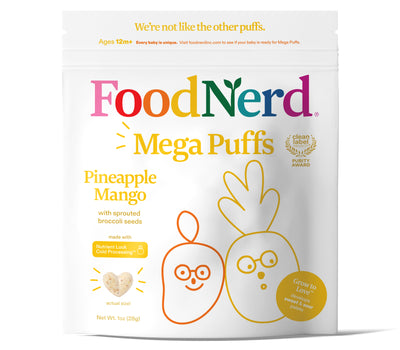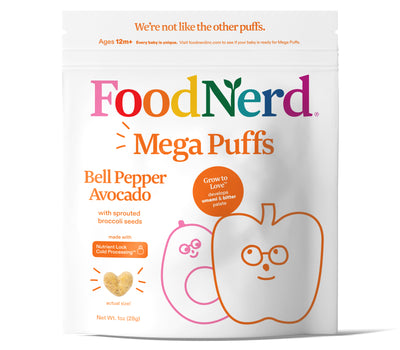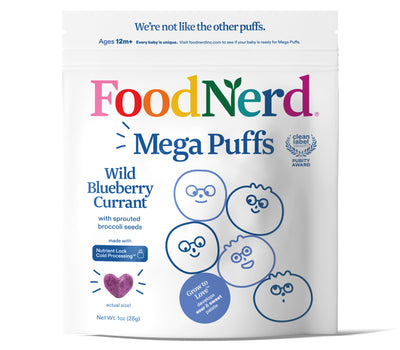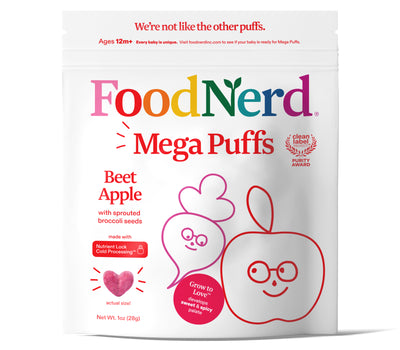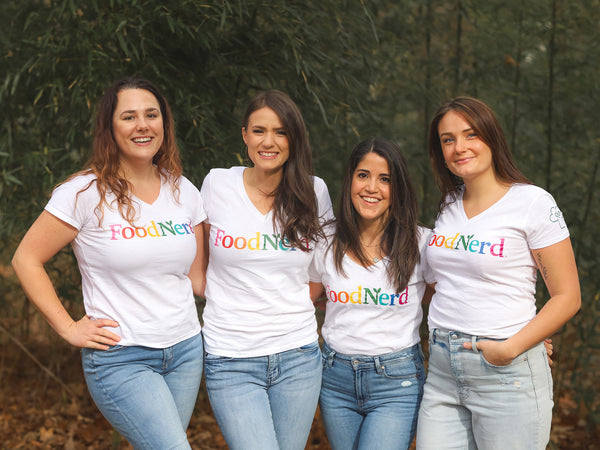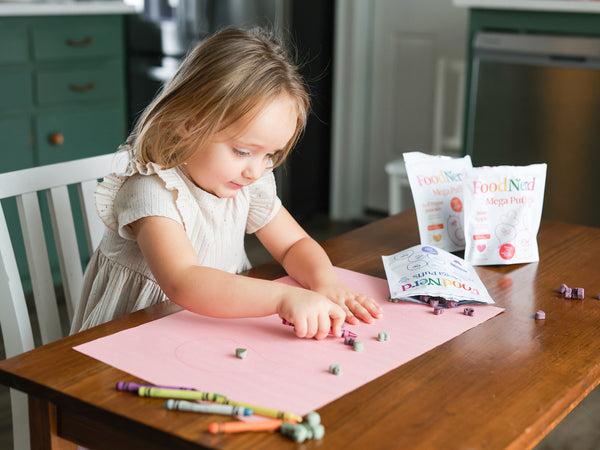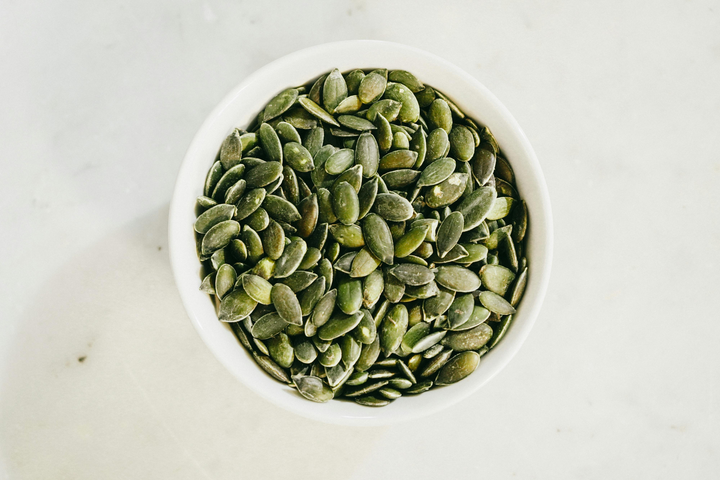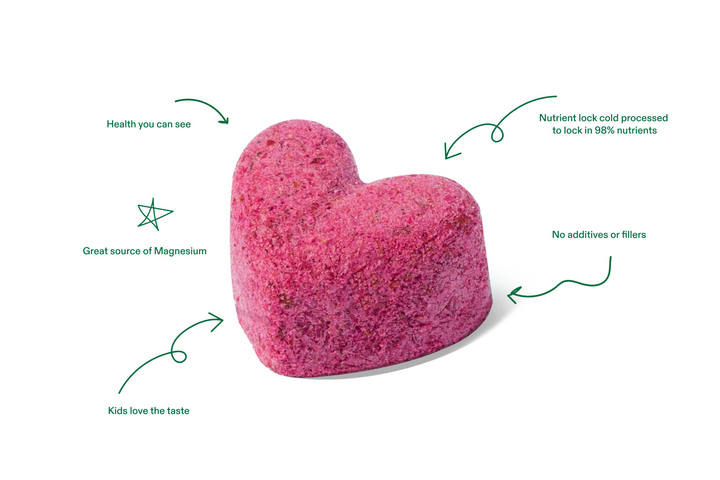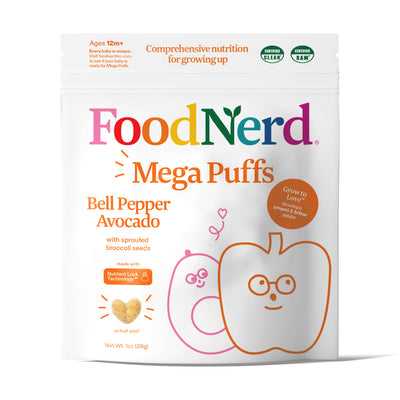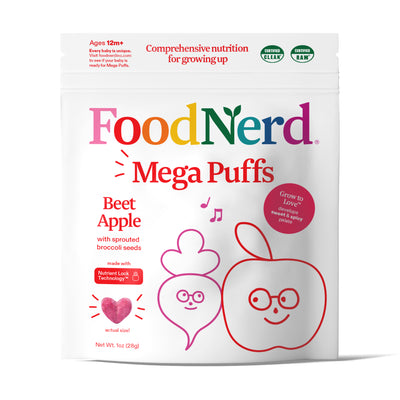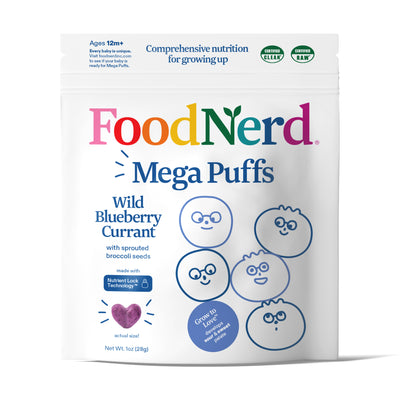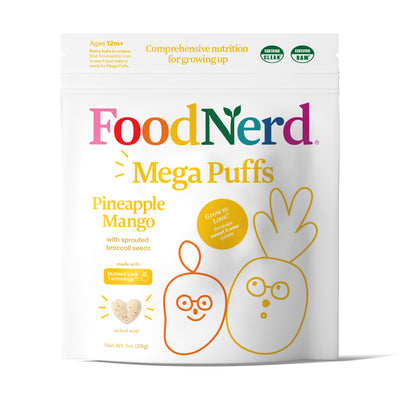If you’re looking for high fiber foods for toddlers, you’re in the right place! This guide breaks down why fiber is so important for young kids, how much they actually need, and which toddler-friendly foods are great sources.
It might seem like your toddler is getting enough fiber if their digestion seems regular, but studies show that about 95% of kids aren't meeting their daily fiber needs (1).
And fiber does more than just keep things moving! It helps support a healthy gut which impacts immune function, inflammation, and even mental health.
Let’s dive in!
Why Fiber is Key for a Toddler Diet
Fiber plays a big role in a toddler’s overall health, far beyond just keeping their digestion on track.
Here’s why it matters:
- Gut health for developing kids: A healthy gut supports everything from nutrient absorption to immune function. And thanks to the gut-brain connection, a balanced gut microbiome can also support emotional regulation, focus, and mood.
- Preventing constipation and tummy troubles: Fiber helps keep things moving through the digestive system by strengthening the gut lining and adding bulk to stool. This prevents constipation, bloating, and tummy troubles in toddlers.
- Fullness: High-fiber foods help to slow down digestion and help toddlers feel satisfied for longer, which can reduce constant snacking and support healthy blood sugar levels.
- Nutrient density: Many fiber-rich foods—like fruits, veggies, beans, and whole grains—are also packed with essential vitamins, minerals, and antioxidants that support a toddler’s overall health.

How Much Fiber Does My Toddler Need?
Daily fiber needs are based on your child’s age. It’s recommended to use the “age + 5” rule to calculate their daily fiber goal (2).
For example, a 6-year-old needs 11 grams of fiber per day. (6 + 5 = 11)
Think of this daily goal as a starting point to make sure your toddler is getting enough fiber. There’s no strict upper limit for dietary fiber intake, as long as it’s introduced gradually.
Negative effects of “too much fiber”, like gas, bloating, or stomach pain, usually happen when too much fiber is introduced too quickly. So there’s no need to stress about your child getting “too much” fiber, as long as it’s built up over time.
Best High Fiber Foods for Toddlers
Fiber is naturally found in fruits, vegetables, beans, legumes, nuts, seeds, and whole grains. But some foods pack in more fiber per serving than others.
Here’s a list of fiber-rich foods that give you the most bang for your buck:
- Raspberries (1 cup – 8g)
- Blackberries (1 cup – 8g)
- Pears, with skin (1 pear – 6g)
- Apple, with skin (1 apple – 4g)
- Avocado (½ avocado – 5g)
- Bananas (1 banana – 3g)
- Prunes (5 prunes – 4g)
- Peas (½ cup cooked – 4g)
- Sweet potatoes, with skin (1 sweet potato – 4g)
- Carrot (1 large carrot – 2g)
- Broccoli (½ cup cooked – 3g)
- Spinach (½ cup cooked – 2g)
- Pumpkin (½ cup canned – 4g)
- Cauliflower (½ cup cooked – 2g)
- Lentils (½ cup cooked – 8g)
- Black beans (½ cup cooked – 8g)
- Chickpeas (½ cup cooked – 6g)
- Kidney beans (½ cup cooked – 7g)
- Edamame (½ cup cooked – 4g)
- High fiber cereal (1 serving – 10–15g, varies by brand)
- Quinoa (½ cup cooked – 3g)
- Oats (½ cup un-cooked – 4g)
- Brown rice (½ cup cooked – 4g)
- Whole wheat pasta (½ cup cooked – 3g)
- Whole grain bread (1 slice – 2–3g)
- Chia seeds (1 tbsp – 4g)
- Flax seeds (1 tbsp – 3g)
- Almonds (1 oz – 4g)
- Pistachios (1 oz – 3g)
- Walnuts (1 oz – 2g)
- Pumpkin seeds (1 oz – 5g)
* Make sure these foods are served with your child’s developmental skill in mind to prevent choking hazards

Tips on Getting Picky Eaters to Eat Fiber
Getting enough fiber can be challenging on its own, but when you add picky eating habits, textural issues, and a reluctance to try new foods, it can feel nearly impossible.
Here are some strategies to boost fiber for your picky eater:
Add Fiber to the Foods They Already Love
Instead of struggling to introduce a new vegetable, try to boost the fiber content of foods they already eat on a regular basis. For example, choose a higher-fiber bread, swap granola for a fiber-rich cereal, or sprinkle hemp seeds onto their favorite dishes like mac and cheese.
Blend Into Soups and Sauces
For kids who are sensitive to texture, blending fiber-rich foods can help them get the benefits without the texture they might not like.
You can blend fruits into smoothies, mix cauliflower or beans into soup broths, or add veggies to pasta sauces—keeping the fiber content high while maintaining a smooth consistency.
Offer Fiber During Snack Time
Kids are more likely to accept new foods in a low-pressure environment, like snack time! Offer quick high fiber snacks like fruit, trail mix, or high fiber granola.
The Bottom Line
Although most toddlers don’t eat enough fiber, offering high-fiber foods like fruits, vegetables, legumes, nuts, and grains at every meal and snack can support their digestion and keep them fuller for longer.
-
Quagliani, D., & Felt-Gunderson, P. (2016). Closing America's Fiber Intake Gap: Communication Strategies From a Food and Fiber Summit. American journal of lifestyle medicine, 11(1), 80–85. https://doi.org/10.1177/1559827615588079
-
Williams C. L. (1995). Importance of dietary fiber in childhood. Journal of the American Dietetic Association, 95(543890=-010), 1140–1148. https://doi.org/10.1016/S0002-8223(95)00307-X
